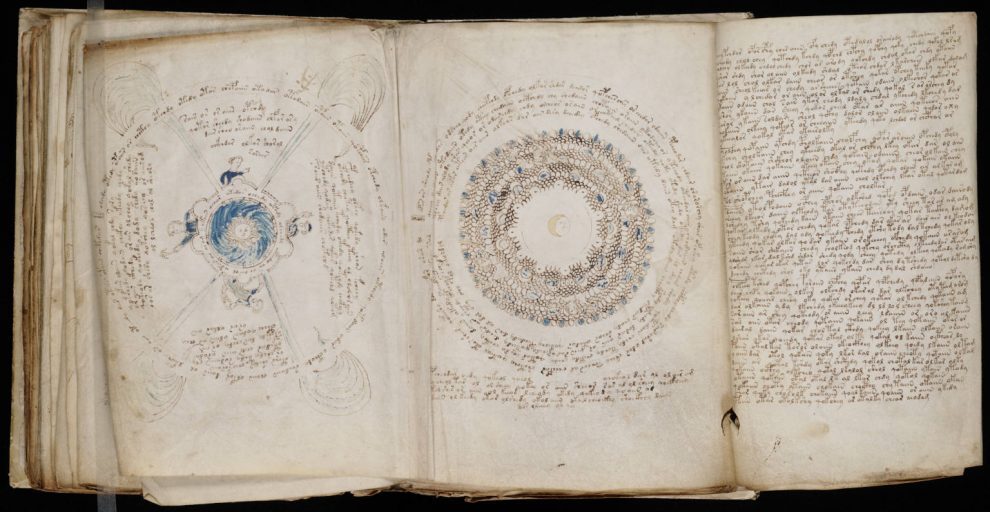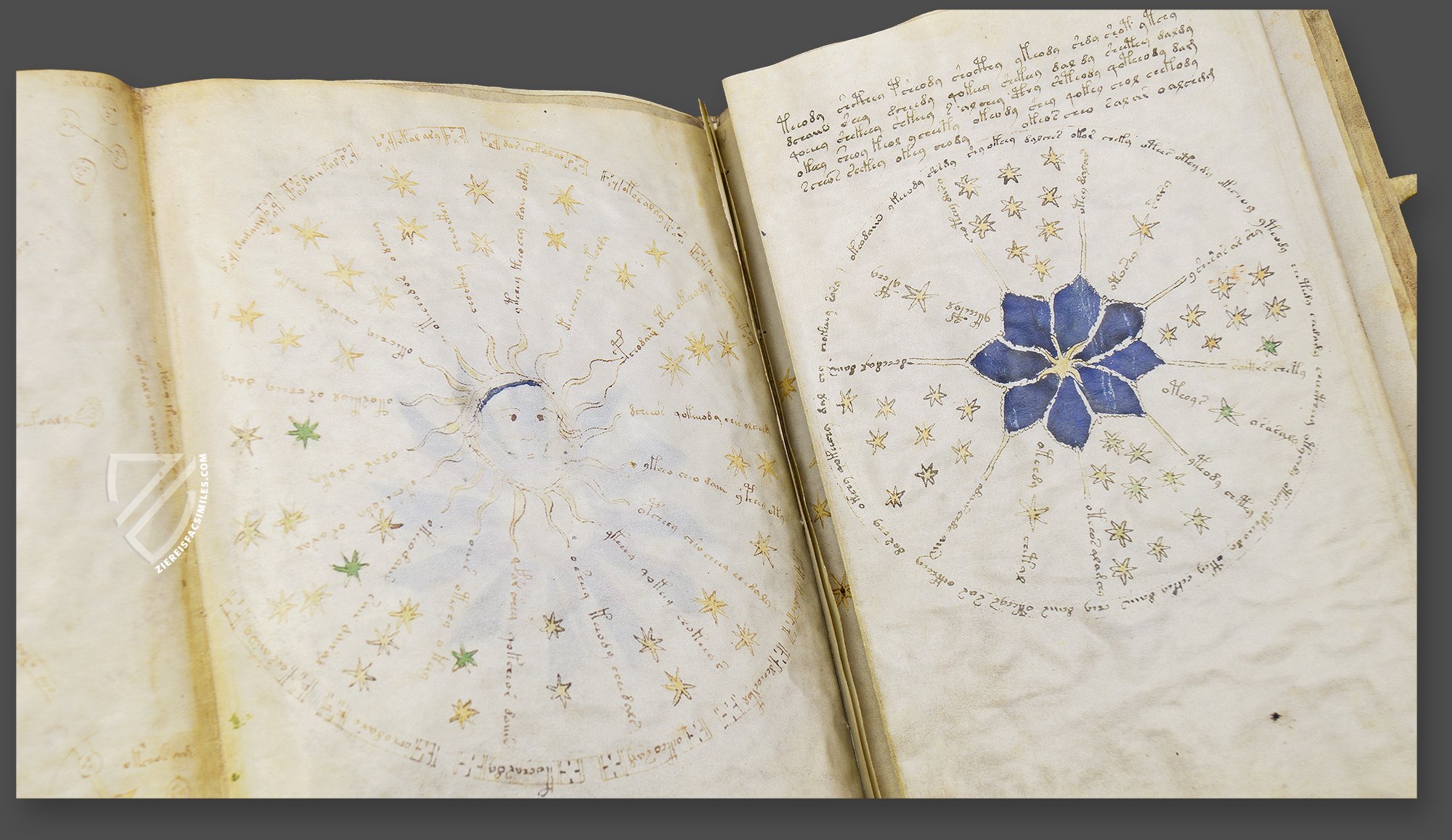

The Voynich Manuscript is produced from new photographs of the entire original and accompanied by expert essays that invite anyone to understand and explore the enigma. Make the most of this reliable research to form an expert opinion and draw your own conclusions.įor less than €50 you can be the owner of a photographic facsimile of the entire Voynich manuscript together with the very latest, most rigorous studies endorsed by Yale University, the owner of the manuscript, all in one book!The first authorized copy of this mysterious, much-speculated-upon, one-of-a-kind, centuries-old puzzle.
#VOYNICH MANUSCRIPT HD PDF CODE#
“In the end, the world’s best code breaker concluded that the Voynich Manuscript code was not devised by Roger Bacon, nor was it, in all likelihood, even a code.”ĭon’t be fooled by myths and urban legends. It may help to know what William Sherman, head of research at the Victoria and Albert Museum, said about Friedman’s cryptographic efforts (the code-breaker who managed to decipher the Purple code during World War II): This castle, which also appears on page 10v of the Sloane 4016 manuscript Tractatus de Herbis, is where balsam (a medicinal plant which commanded astronomical prices at that time) was jealously grown.ĭiscover too the details of cryptographic research and draw your own conclusions about the nature of the Voynich text. See how Yale University sheds light on the castle depicted on page 86r of the Voynich with the swallow-tailed battlements identical to those of 14th and 15th century castles in northern Italy. In any case, there is empirical proof that the manuscript was made in the early 15th century in the Lombardy region and this book will ensure you do not miss a single detail.

He was undoubtedly a virtually miraculous genius but not even he could have achieved this!Īs for the belief that the Voynich was made by Martians, an entertaining tribute to idiocy, can you believe this? However, the great Leonardo was born on April 15th 1452 and died on May 2nd 1519, so at the very best it would have been made 14 to 48 years before his birth. It has even been said that the Voynich manuscript is the work of Leonardo da Vinci himself. How could this manuscript have been made by Roger Bacon if he was born in 1214 and died in 1294? There is a difference of almost two centuries. “The results of radiocarbon dating the four samples show that this parchment can be dated, with 95 percent probability, to the years 1404 to 1438, and with 68 percent probability to between14.” In the words of Paula Zyats and the Yale University curators:

The carbon-14 dating carried out by Arizona University, for example, definitively situates the manufacture of this manuscript between 14. The six explanatory essays answer all the enigmas of the Voynich manuscript on the basis of robust scientific data including details that disprove the hearsay about Roger Bacon, Leonardo da Vinci, etc. This book published by Beinecke Rare Book & Manuscript Library, in conjunction with the Yale University Press, features a complete and life-size reproduction of each and every one of the pages in the Voynich manuscript.

and Erin Mysak, scientist at the technical studies laboratory of Yale University (Institute for the Preservation of Cultural Heritage). Arnold Hunt, former curator of the British Library and professor at the University of Cambridge Rampling, professor of history at Princeton University William Sherman, director of research and collections at the Victoria and Albert Museum Raymond Clemens, curator of the Beinecke Library (Yale University) Deborah Harkness, professor of European history and the history of science at the University of Southern California This in-depth book contains the official version of the Beinecke Library curators at Yale University and the opinions of leading international experts including:


 0 kommentar(er)
0 kommentar(er)
